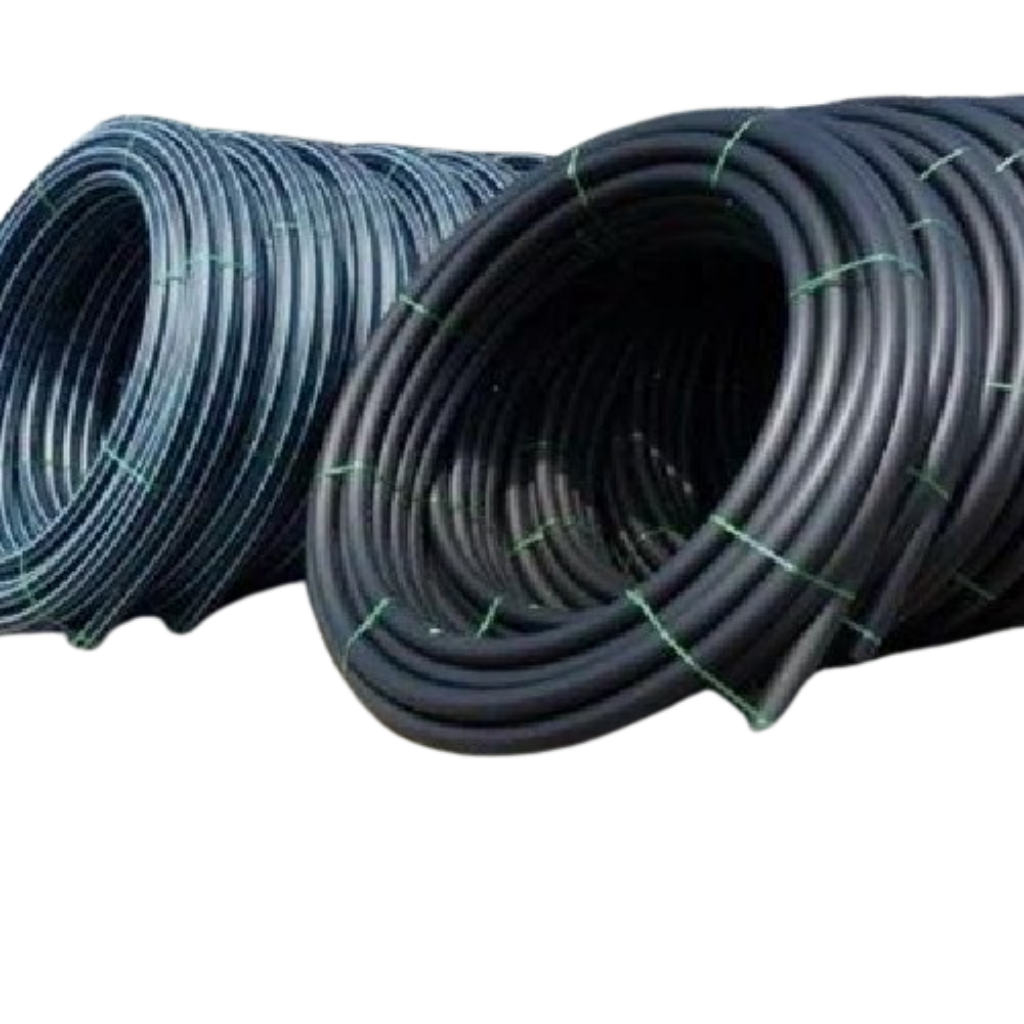40mm HDPE Pipe
For a 40mm HDPE (High-Density Polyethylene) pipe with the pressure ratings you provided (4 kg/cm², 6 kg/cm², 10 kg/cm², 12.5 kg/cm², 16 kg/cm², 20 kg/cm², 25 kg/cm², 30 kg/cm², 32 kg/cm²), this offers a wide range of applications from light-duty to very heavy-duty systems.
Pressure Ratings Breakdown
These pressure ratings represent the maximum pressure that the pipe can safely handle. The higher the pressure rating, the thicker the pipe wall, and the greater its resistance to internal pressure.
1. 4 kg/cm² (Low Pressure)
- Maximum Pressure: Around 392 kPa or 0.392 MPa.
- Applications: Ideal for low-pressure systems like small-scale residential water supply, irrigation systems, or light drainage systems.
2. 6 kg/cm² (Medium-Low Pressure)
- Maximum Pressure: Around 588 kPa or 0.588 MPa.
- Applications: Suitable for residential water distribution, small commercial systems, or medium-pressure irrigation setups.
3. 10 kg/cm² (Medium Pressure)
- Maximum Pressure: Around 980 kPa or 0.98 MPa.
- Applications: Appropriate for agricultural irrigation, industrial water transport, and moderate pressure commercial systems.higher pressures are required.
Pressure Rating Conversions (Approximate)
To convert kg/cm² to other units of pressure:
1 kg/cm² ≈ 98.07 kPa or 0.098 MPa.
Here’s an approximate conversion for the pressure ratings:
4 kg/cm² ≈ 392 kPa (0.392 MPa)
6 kg/cm² ≈ 588 kPa (0.588 MPa)
10 kg/cm² ≈ 980 kPa (0.98 MPa)
12.5 kg/cm² ≈ 1,225 kPa (1.225 MPa)
16 kg/cm² ≈ 1,568 kPa (1.568 MPa)
20 kg/cm² ≈ 1,960 kPa (1.96 MPa)
25 kg/cm² ≈ 2,450 kPa (2.45 MPa)
30 kg/cm² ≈ 2,940 kPa (2.94 MPa)
32 kg/cm² ≈ 3,137 kPa (3.137 MPa)
Conclusion:
The wide range of pressure ratings for 40mm HDPE pipes allows them to be used in various applications, from low-pressure residential systems to high-pressure industrial pipelines. The correct rating depends on your specific application needs, flow rate, pressure demands, and the environment in which the pipe will be installed.
Let me know if you need more specific advice or have additional questions about a project you’re working on!

